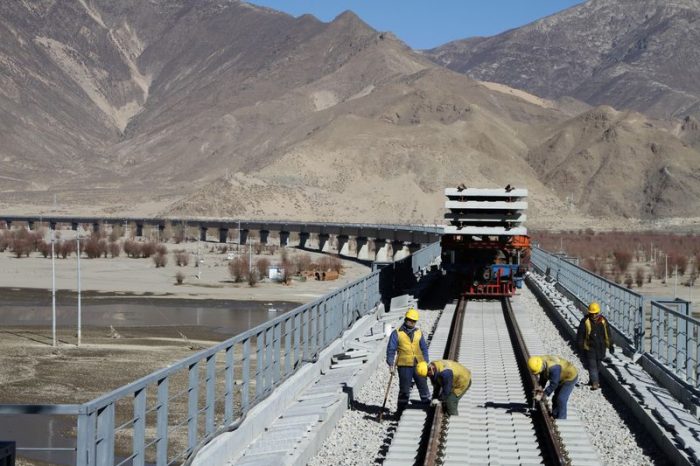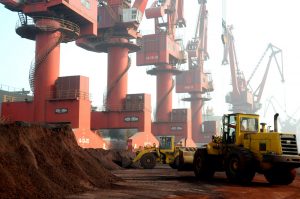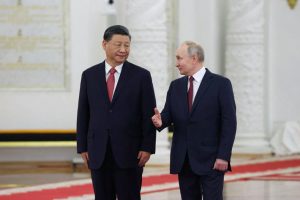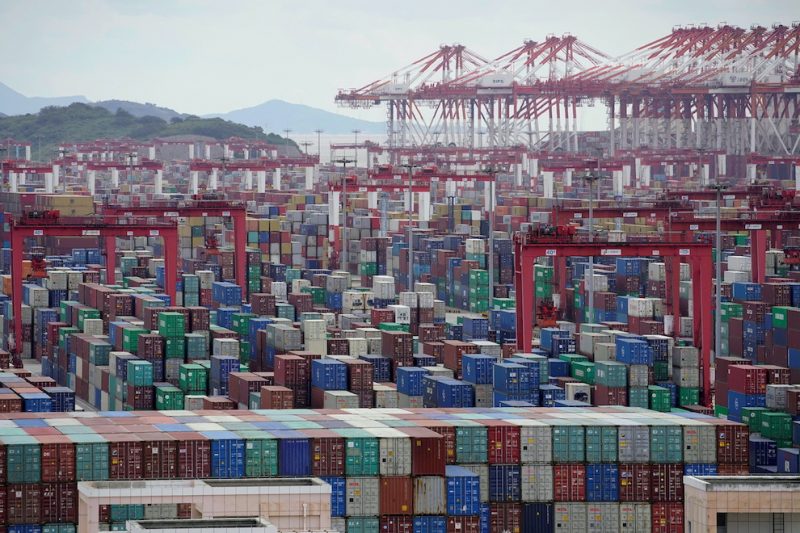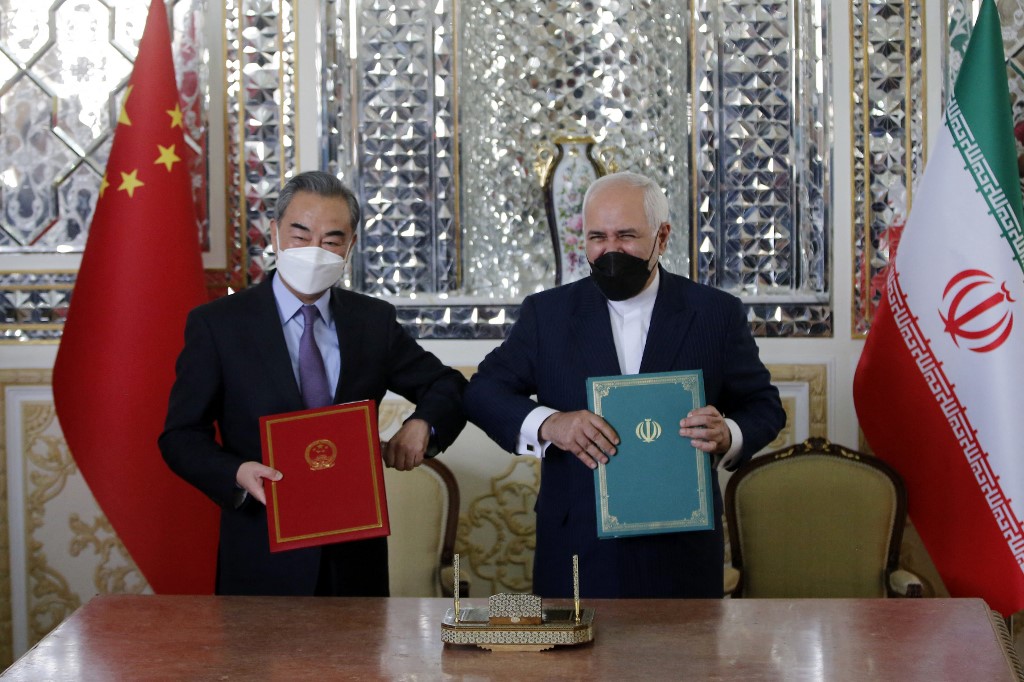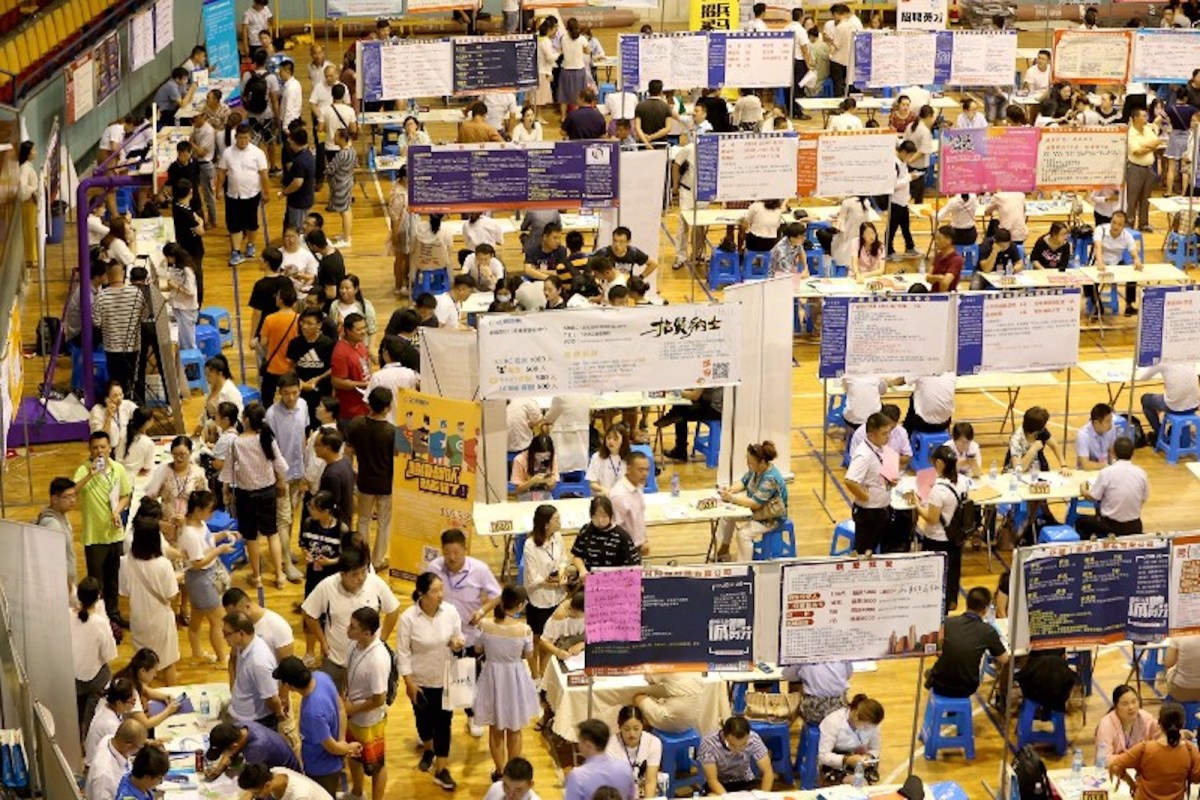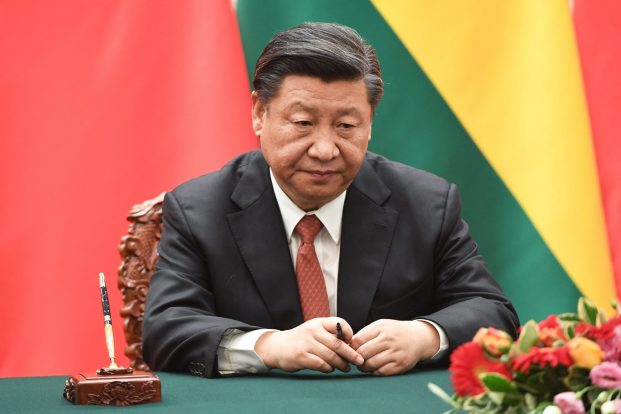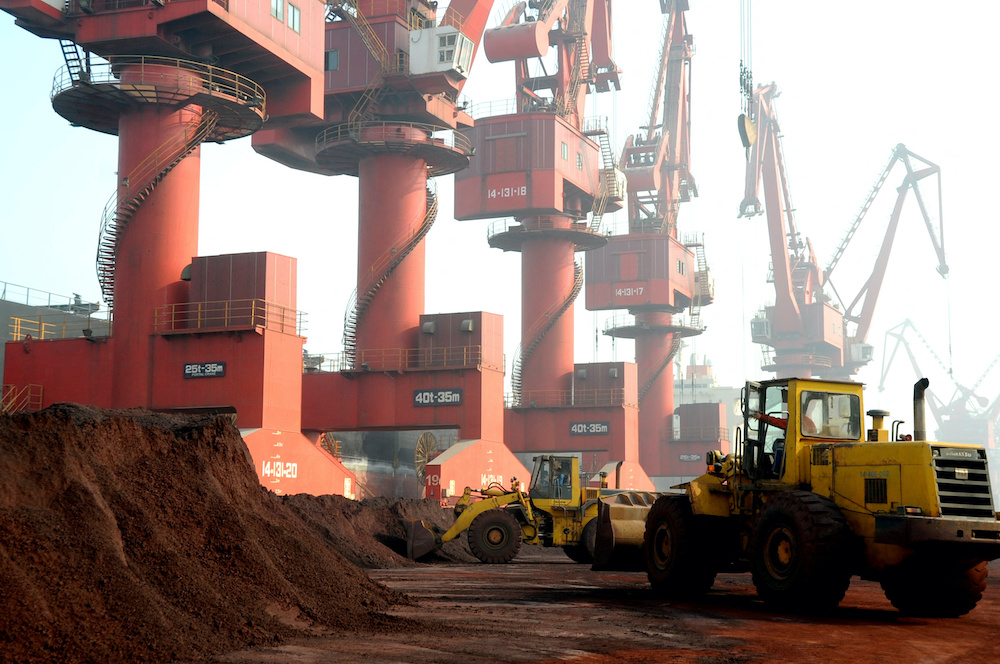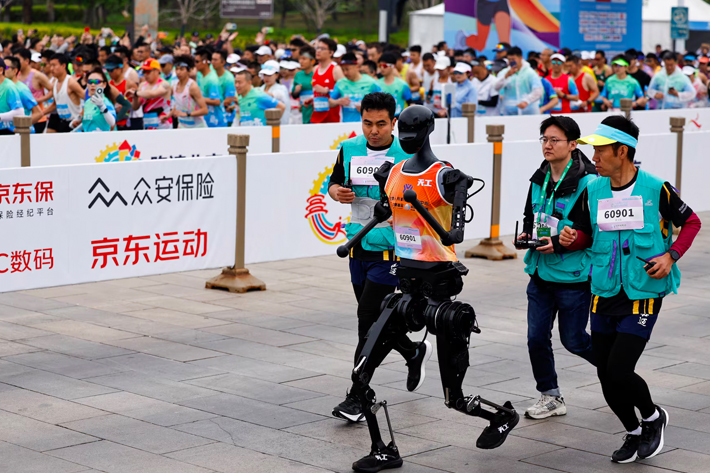Authorities in Tibet in southwestern China have detected cracks at five of more than a dozen dams inspected after a 6.8 magnitude quake rocked the region last week.
Three of the five affected dams have been emptied since the big quake on January 7, a Tibet emergency management official told a news conference on Thursday, according to Reuters.
The walls of one hydro dam in Tingri county, near the quake’s epicentre, had tilted, which prompted officials to evacuate about 1,500 people from six villages downstream to higher ground, he said.
ALSO SEE: Toyota’s Hino Motors to Pay $1.6bn For US Diesel Emissions Fraud
At another hydroelectric dam, monitoring devices have been installed as it is being drained.
The earthquake, which has killed at least 126 people and injured hundreds, was a reminder of the risks from a hydropower-building spree by China and India in one of the world’s most remote, quake-prone regions.
Earthquakes have damaged dams in the past, particularly by setting off landslides and rockfalls. A massive earthquake in Nepal in 2015 shuttered almost a fifth of its hydropower for more than a year.
The January 7 quake in Tibet was the fifth-deadliest in China since the 2008 Sichuan temblor. It destroyed more than 3,600 houses and damaged religious structures, and aftershocks of up to 5.0 in magnitude have continued to shake the area.
Southwestern parts of China, Nepal and northern India are often hit by earthquakes caused by the collision of the Indian and Eurasian tectonic plates. Tingri, which sits atop the zone where the Indian plate pushes under Tibet, is particularly vulnerable.
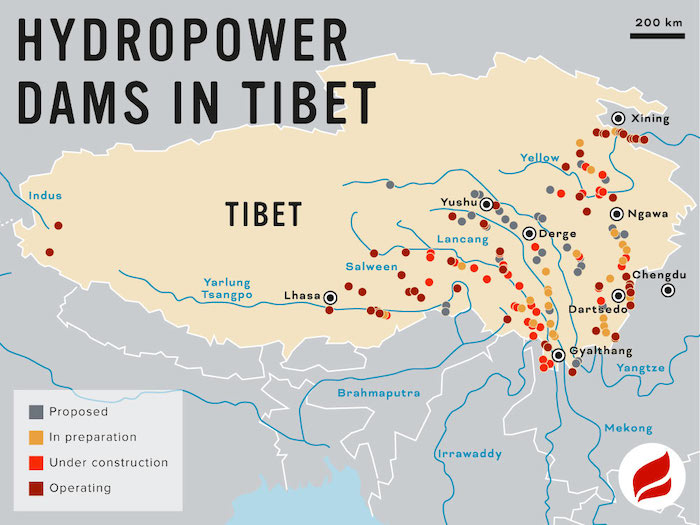
World’s biggest dam planned near quake zone
The earthquake and China’s announcement in late December that it plans to build the world’s largest hydropower dam on the Yarlung Zangbo (Tsangbo) River has alarmed its neighbours, who say it could affect could affect tens of millions of people downstream in India and Bangladesh.
Four days before the big quake, India’s foreign ministry said New Delhi had conveyed its concerns to Beijing about China’s plan to build another huge dam on the Yarlung Tsangbo, which flows into the Indian states of Arunachal Pradesh and Assam states and finally into Bangladesh.
In these countries the river is known as the Brahmaputra.
Chinese officials claim that hydropower projects in Tibet will not have a major impact on the environment or on downstream water supplies, but India and Bangladesh have serious doubts about that.
Tibetan activists claim China’s dams in Tibet “threaten the water supply, livelihoods and health of up to 1.8 billion people across China, South and Southeast Asia.”
“The Chinese side has been urged to ensure that the interests of downstream states of the Brahmaputra are not harmed by activities in upstream areas,” Indian foreign ministry spokesperson Randhir Jaiswal told a media briefing on January 3.
“We will continue to monitor and take necessary measures to protect our interests,” he said.
The construction of the dam, which will be the largest of its kind in the world with an estimated capacity of 300 billion kilowatt-hours of electricity annually, was approved last month.
New Chinese counties in disputed area
Jaiswal said that New Delhi had also lodged a “solemn protest” with Beijing against its creation of two new counties – one of which includes a disputed area also claimed by India – last month.
“Creation of new counties will neither have a bearing on India’s longstanding and consistent position regarding our sovereignty over the area nor lend legitimacy to China’s illegal and forcible occupation of the same,” he said.
Relations between Asian giants India and China, that were strained after a deadly military clash on their disputed border in 2020, have been on the mend since they reached an agreement in October to pull back troops from their last two stand-off points in the western Himalayas.
The two armies have stepped back following the agreement and senior officials held formal talks for the first time in five years last month where they agreed to take small steps to improve relations.
- Reuters with additional input and editing by Jim Pollard




